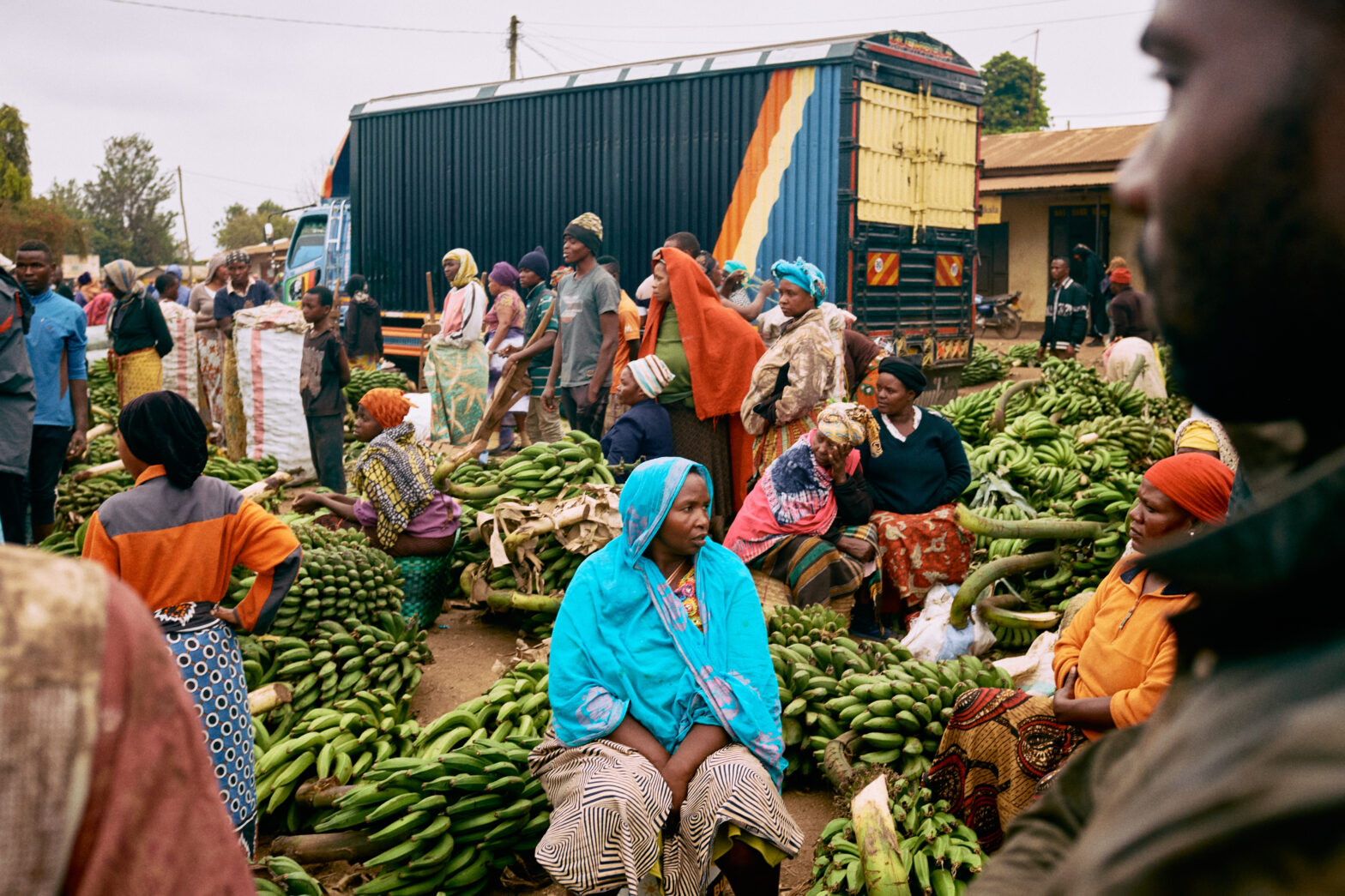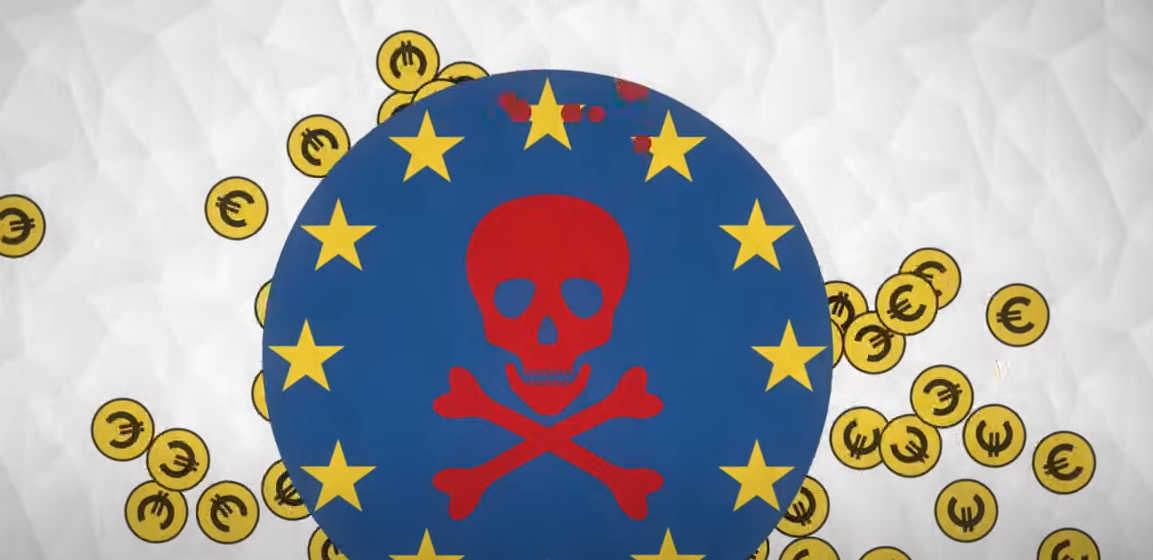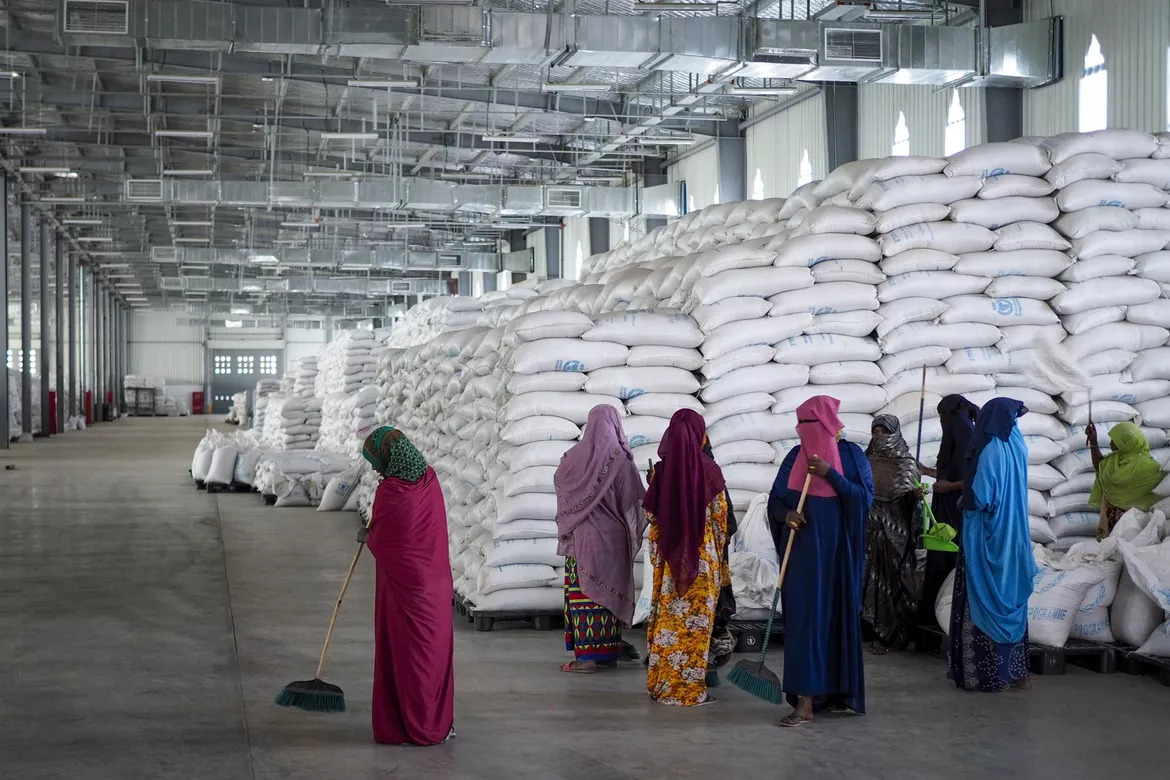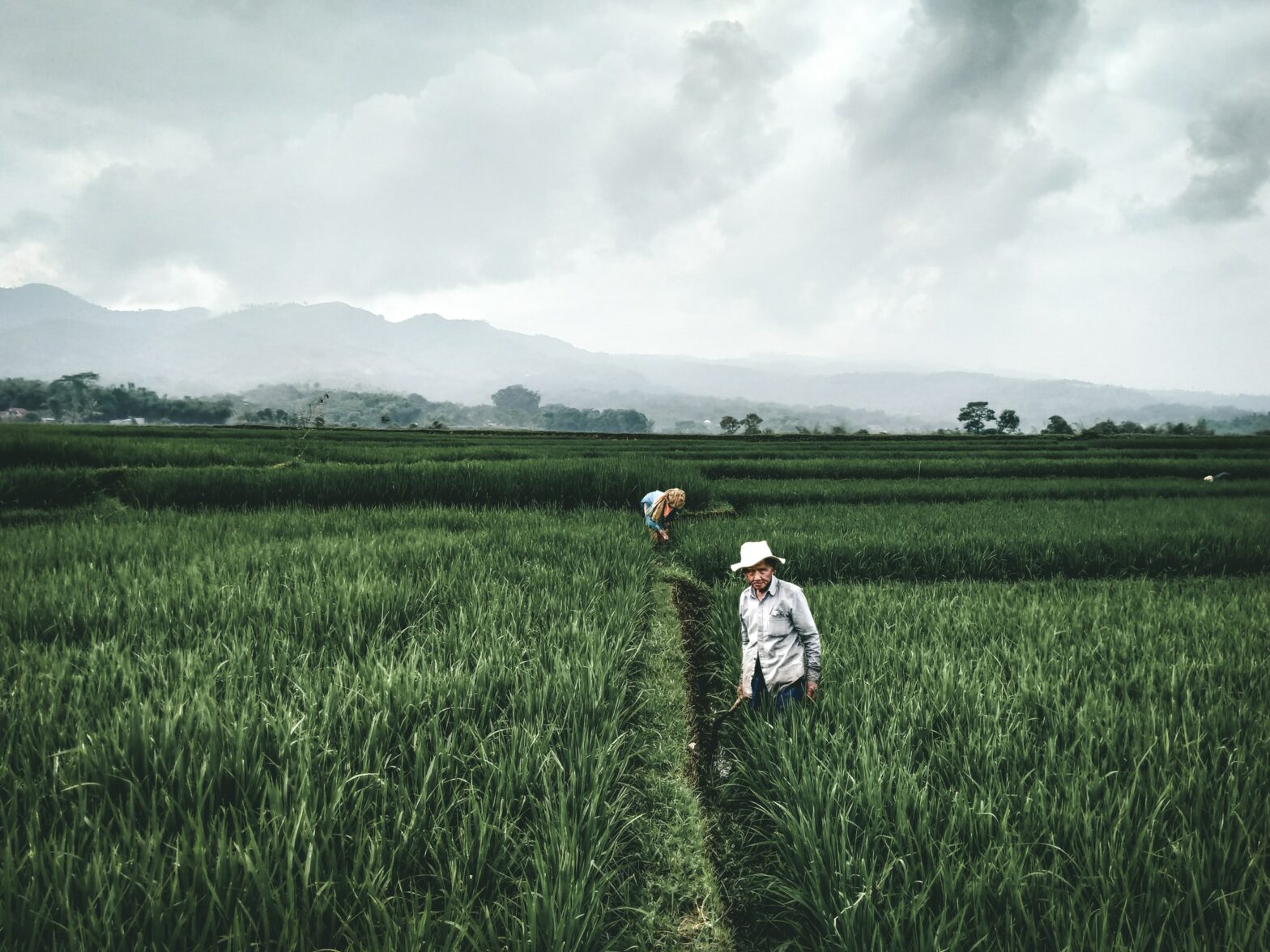Share Twitter Facebook Email Copy URL
A new research brief by Junli Lim and Erica Harper, Geneva Academy
Executive Summary
This paper examines whether and to what extent environmental damage rendered during conflict causes food insecurity which is then exported via the globalized food system in the form of price shocks and reduced supply. Specifically, it examines three conflicts — Russia-Ukraine, Myanmar and Syria, the findings from which are then applied to a legal analysis to identify lacunae and potential pathways towards enhanced protection and accountability.
The analysis of Russia-Ukraine conflict yielded the richest findings. Indeed, prior to 2022 Ukraine played a key role in the global food market, feeding roughly 400 million people annually, mostly from food insecure countries. For example, it was the world’s fifth largest exporter of wheat, with a distribution of 19 million metric tonnes in the 2021-2022 market year, including to Egypt, Nigeria and Ethiopia. Within a year of Russia’s invasion, however, 30 percent of Ukraine’s land and 13,500 square kilometers of waterways had been destroyed or contaminated. The country’s agricultural export value contracted 15 percent, with wheat exports hit especially hard, declining 30 percent to a record low of 13.5 million metric tonnes.
In the months following February 2022, wheat flour retail prices had increased across all five of Ukraine’s top importers; Ethiopia experienced the most severe price percentage fluctuation at 48 percent in April 2022. These shifts in price also correlated with general food price inflation. In Egypt, for example, the price of food increased around 12 percent during the same period. Price hikes also correlated with attacks on environmental assets and political back-steps. On 17 May 2022, the day the third round of Russo-Ukrainian talks failed, the International Grains Council wheat sub-index hit a peak of 399.7. Likewise, the bombing of the Nova Kakhova dam on 5 June 2023, which destroyed 4 billion tonnes of grain and food oil crops, coincided with same-day spike in the global price of wheat by 0.59 percent from USD636.25/Bu to USD 640/Bu.
A similar story played out in Myanmar following the military’s declaration of a state of emergency rule in February 2021. By December that year, the value of Myanmar’s rice exports had fallen to USD702 million (from 5.87 to 3.5 percent of total exports). This triggered an increase in the retail price of rice both in Myanmar and its main trade partners. Again, this correlated tentatively with generalized food price inflation (including in Malaysia and Madagascar) and with an increase in moderate-severe food insecurity (including in the Philippines, Malaysia, Madagascar and Senegal).
The analysis of Syria underscored that in a globalized economy, food insecurity needs to be understood in terms of its component parts. Here, the losses borne by the petroleum sector translated into fluctuating gasoline and diesel pump prices in key import markets. Between 2010 and 2012, China saw a 23 percent increase in diesel prices, followed by Lebanon at 22 percent, and Turkey at 15 percent. The knock-on effects for food security scarcely need spelling out. The dependence of Syria’s agricultural sector on fuel — diesel in particular — impacted production levels, production costs and transport costs, which again translated into food price hikes and reduced export capacity.
These findings must be interpreted with caution. Further testing is needed to understand whether correlation also means causation. In other words, while it is clear that the conflicts examined resulted in environmental asset losses that co-existed with price hikes and heightened food insecurity in importing countries, we must eliminate the possibility that other factors, or mere coincidence, were in also play. What is clear, however, is that in today’s globalized and integrated economy, conflict cannot be seen as involving only the belligerent parties. The relationship between conflict, environmental destruction and food production must be understood, not only in a short term and existential sense, but also as an early warning signal that food insecurity, hunger and malnutrition could worsen in countries geographically and politically removed from the battlefield.
Such externalities are not sufficiently addressed under either International Humanitarian Law (IHL), or International Human Rights Law (IHRL). This is due to both jurisprudential issues (specifically the exterritorial application of IHL) and practical challenges (establishing causality and requiring proof of direct or indirect harm, as well as scant enforcement mechanisms)1. Moreover, in the current geopolitical context, the scope for closing these lacunae or creating new law capable of protecting the environment from the negative impacts of war, appears limited. Promoting inclusive narratives that address the conflict-environment-food security nexus; strengthening data gathering and sharing; and deepening community resilience through conflict- and gender-sensitive grants are some ways of closing the gap in the short to medium-term. The findings also underscore the importance of identifying alternate legal pathways and sources of protection, including ones that apply in a specific conflict theatre. These include strengthening regional and domestic laws to provide for accessible avenues of justiciability of the right to food, criminalizing ecocide on a national level, and accessing remedial justice via compensation schemes and reparation mechanisms.



